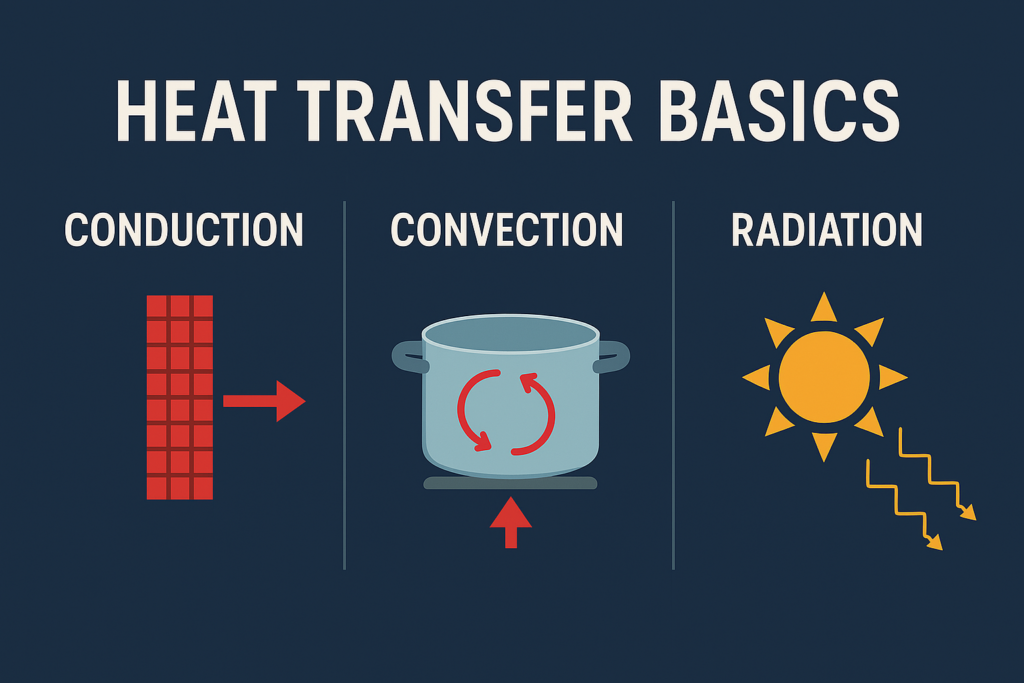Heat Transfer Basics every HVAC beginner must know—explore conduction, convection & radiation with real-world examples and easy formulas. 🔥🌬️☀️


Heat Transfer Basics every HVAC beginner must know—explore conduction, convection & radiation with real-world examples and easy formulas. 🔥🌬️☀️